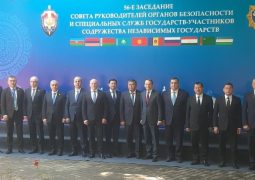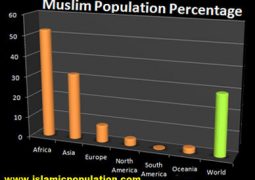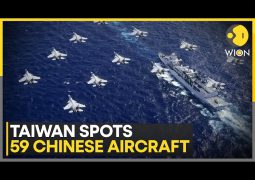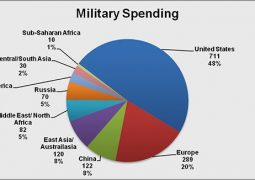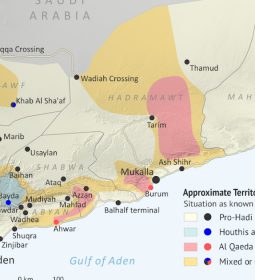United States under Trump is veering away from China’s belt and road
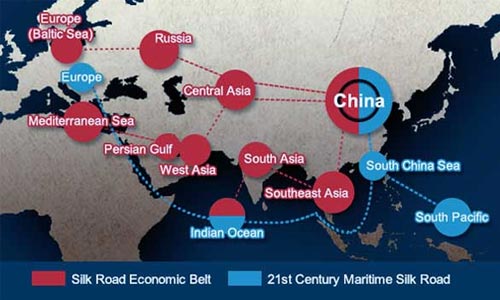
United States under Trump is veering away from China’s belt and road
- Beijing’s global infrastructure drive will be in the spotlight this week when dozens of heads of state converge for the second Belt and Road Forum
- In the last of our four-part series, Nectar Gan and Robert Delaney look at the shift in the United States’ stance on China’s mega initiative
Once muted, the US response to the sprawling plan to rebuild the ancient Silk Road by connecting China with the Middle East, Europe, Africa and beyond with massive infrastructure projects has now veered towards a hard-line stance and seeking allies to promote an alternative to Beijing’s development programme.
From the State Department to the largest US contractors, American involvement in global infrastructure build-outs is on a divergent track.
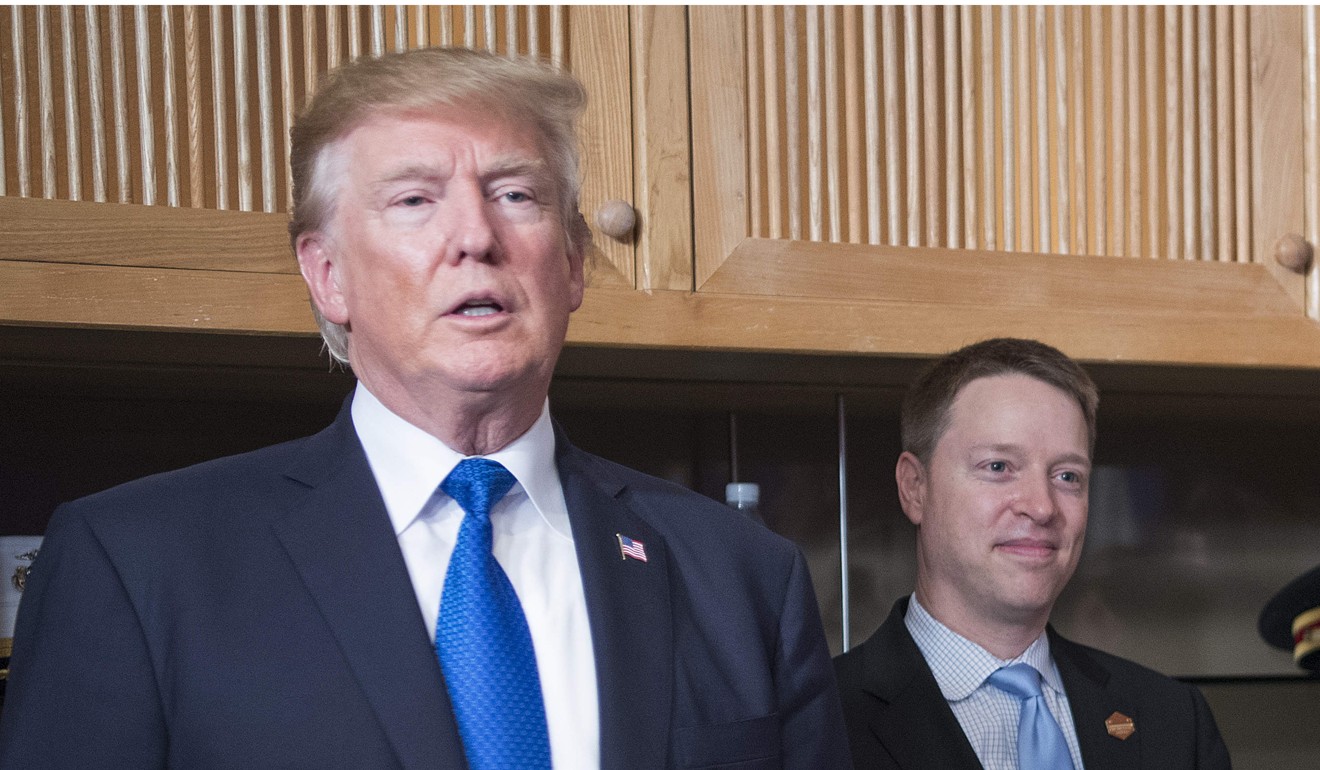
The turning point appeared after China’s first Belt and Road Forum two years ago, when US President Donald Trump sent a delegation led by Matthew Pottinger, the senior White House official for Asia.
Pottinger made headlines at the event with his declaration that US firms were “ready to participate in belt and road projects” and had “much to offer”, citing their “long and successful track record in global infrastructure development”.
In October 2017, then US defence secretary James Mattis fired the first thinly veiled rebuke. “In a globalised world, there are many belts and many roads,” he told a Senate hearing. “And no one nation should put itself into a position of dictating ‘one belt, one road’,” he said, using the plan’s former name.
Two weeks later, then secretary of state Rex Tillerson weighed in with a laundry list of problems Chinese infrastructure projects were alleged to have brought to recipient countries, from failing to promote local jobs to burdening poor states with “enormous levels of debt”.
Trump added his disapproval the following month at a summit of Pacific Rim leaders in Vietnam, implicitly criticising belt and road projects as “state-directed initiatives that come with many strings attached”.
Washington’s about-face did not stop at rhetoric. Efforts to counter Beijing’s plan by offering developing economies a US alternative soon ensued, with Secretary of State Mike Pompeo announcing in July a US$113 million infrastructure development programme for the Indo-Pacific region and a revamp of a finance agency to strengthen its financial support.
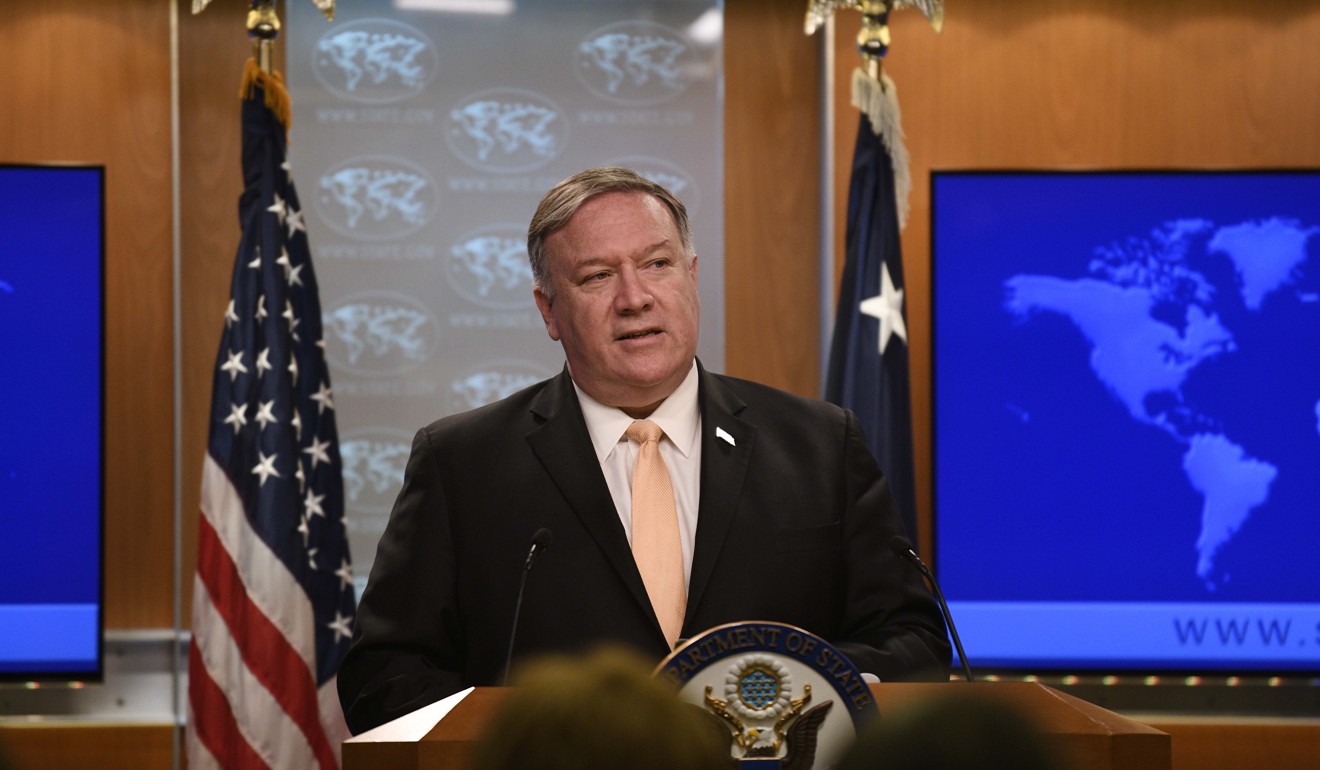
The sharp turn is symptomatic of a broader shift of US attitude towards China, with which it is now locked in a protracted trade war that has imposed tit-for-tat tariffs on hundreds of billions of dollars of goods and rattled global markets. The rising rivalry is also playing out on numerous other fronts, from technology to military to geopolitics. A growing consensus in Washington holds that a tougher stance on China has been inevitable.
Trump’s antagonistic approach towards the belt and road scheme is in stark contrast to the mild response of his predecessor, Barack Obama, in the early days after the plan was announced.
The two-pronged concept of an overland Silk Road Economic Belt transversing Eurasia and a Maritime Silk Road across the Indian Ocean was first floated by Chinese President Xi Jinping during visits to Kazakhstan and Indonesia in late 2013.
Jonathan Hillman, who worked in the Office of the United States Trade Representative from 2014 to 2016, said the launch of Xi’s plan was not big news at first.
“When I think back, we didn’t really talk about the belt and road,” said Hillman, now a senior fellow at the Centre for Strategic and International Studies. He said he could remember no more than two speeches by US trade officials that mentioned it.
“There was an initial period where people were trying to figure out what was this thing, and I think some people are still trying to figure that out,” Hillman said.
The framework, loosely defined and ever expanding, now spans about 70 countries and encompasses everything from hard infrastructure like roads, railways, power plants and ports to trade networks and a “digital Silk Road” of fibre-optic cables, telecommunication networks, satellites and e-commerce links.
It has also grown to become Xi’s personal stamp on foreign policy. In a telling sign of its significance and durability, the initiative was written into the ruling Communist Party’s constitution in late 2017.
“[Xi’s] legacy is going to be tied up with belt and road, so I think there’s been this readjustment as we realise that it is not going away,” said Zack Cooper, a research fellow at the American Enterprise Institute, a Washington think tank.
Another reason for the Obama administration’s limited concern: it was pushing the Trans-Pacific Partnership (TPP), a colossal multilateral trade agreement among the 12 major trading nations along the Pacific Rim that account for 40 per cent of world’s gross domestic product, excluding China’s. At the centre of Obama’s so-called pivot to Asia, the deal, if passed, would not only expand America’s economic presence but also buttress its strategic interests in the region.
Back then, the main rival for the TPP was not the belt and road plan, but the China-led Regional Comprehensive Economic Partnership, composed of the 10 member states of the Association of Southeast Asian Nations as well as Japan, South Korea, Australia, New Zealand and India.
But the TPP, the backbone of a US strategy to counter Chinese economic influence in the Asia-Pacific for years to come, was swept aside when Trump took office in January 2017; he signed an executive order to withdraw from the TPP on his first day as president.
“I honestly don’t think there was a lot of high-level attention given [to the belt and road] … until Matt Pottinger went to the Belt and Road Forum in May 2017,” Hillman said.
Pottinger and the US delegation attended the first summit as “observers” – a decision jointly reached by a working group focusing on China and approved by Trump, according to Steve Bannon, the White House chief strategist at the time.
But there are no such plans this year.
“We will not send high-level officials from the United States,” a State Department spokesman confirmed in an emailed statement, citing concerns about the belt and road plan’s opaque financing practices, poor governance and disregard for internationally accepted norms and standards.
“We have repeatedly called on China to address these concerns,” the statement said.
Bannon said the Trump White House came to regard the programme as “the perfect manifestation of the CCP’s East India Company model of predatory capitalism”, referring to the Chinese Communist Party.
“I am honoured to have been part of the leadership under President Trump that focused the US government on the economic war China has waged unanswered for 20 years,” Bannon said.
But Randall Schriver, the Pentagon’s top official for Asia-Pacific affairs, said that Washington’s negative turn towards the plan was not “a matter of politics or ideology”, but rather the simple result of it having learned more about the programme.
“We have more data coming in. We see the results of the Belt and Road Initiative, the predatory economics associated with it,” he said.
We see the results of the Belt and Road Initiative, the predatory economics associated with it
Corruption scandals in recipient countries such as Malaysia and the Maldives had also exposed the problematic contracts and “bad financial deals” of some belt and road projects, he said.
Malaysia is looking into allegations that China agreed to help bail out its multibillion-dollar state development fund, known as 1MDB, by inflating the cost of lucrative infrastructure projects there under former prime minister Najib Razak.
The Maldives’ ruling party, having won a landslide in the archipelago’s parliamentary election this month, also pledged to conduct a thorough investigation into deals with China and its crippling debts, which could run as high as US$3 billion – almost two-thirds of the country’s gross domestic product.
Still, Hillman said, the case that had an “outsize impact” on how the US government thought and talked about the belt and road was Sri Lanka, regarded as the “poster child for debt-trap diplomacy”.
In December 2017, China acquired a major port on the island after the Sri Lankan government failed to repay the loans that had financed its construction, drawing backlash against Beijing’s financing practices.
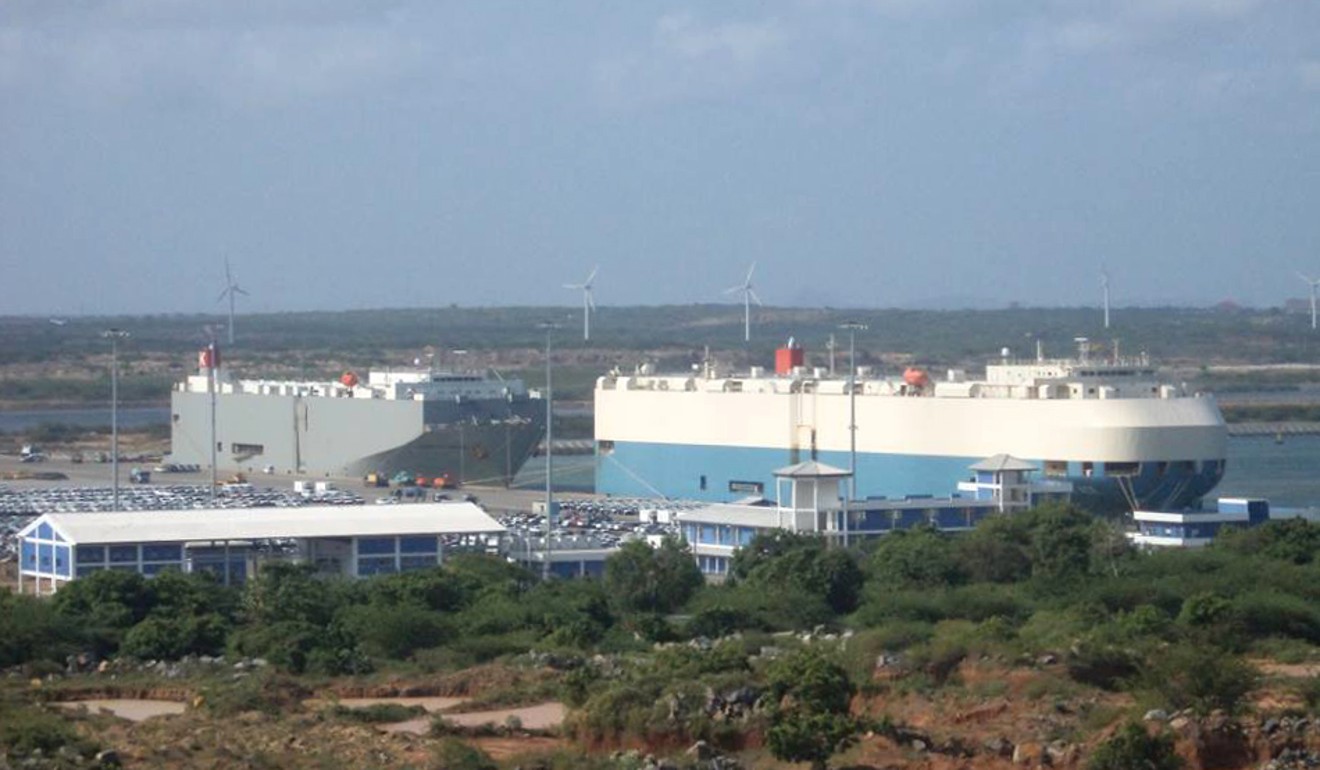
The US now invokes Sri Lanka as Exhibit A when it wants to discredit Beijing’s grand plan. During a speech at the Hudson Institute in February, Christopher Ashley Ford, assistant secretary of state at the Bureau of International Security and Nonproliferation, raised Sri Lanka as a cautionary tale.
“It was debt entanglement, for instance, that allowed China to take out a 99-year lease on the Sri Lankan port of Hambantota – essentially replicating, with remarkable irony, the very terms that Chinese leaders themselves spent generations decrying as exploitative imperialism in the form of the British Empire’s 99-year lease of the New Territories of Hong Kong,” he said.
Another issue raising US concerns – especially in the past year – is digital infrastructure, which has become a crucial component of belt and road projects.
“We look at what’s happening with all the tracking software that’s being used in Xinjiang and I think the American policy community has gotten increasingly concerned about human rights in China and worried that China might export some of its tracking and surveillance technologies abroad,” said Cooper of the American Enterprise Institute. Among other belt and road projects, China has exported facial recognition technology to Zimbabwe.
To counter Beijing’s strategy, the Trump administration is ramping up investment abroad. Last year, Congress passed the Better Utilisation of Investment Leading to Development Act with strong bipartisan support. Trump signed it into law in October.
The act consolidates the Overseas Private Investment Corporation (OPIC), a government agency for development finance, into a new agency with a doubled investment cap of US$60 billion – although still a drop in the ocean compared with the belt and road’s estimated US$1 trillion.
OPIC, which offers financing and insurance to US companies investing in development projects abroad, has now been authorised to invest equity in development projects, instead of just providing loans.
As an alternative to the Chinese state-backed development of the belt and road, all OPIC projects involved the private sector, said David Bohiginan, the agency’s acting president.
“This private sector participation … leads to terms that are more financially sustainable, helping avoid the ‘debt-trap diplomacy’ that has left so many countries worse off,” said Bohigian, who also highlighted its high standards on the environment and workers’ rights.
“While China seeks to build spheres of influence, the US approach is designed to help improve local business conditions, connect countries with global markets and reduce dependence on foreign aid.”

To dispel charges that the belt and road is exclusively a Chinese endeavour, Beijing has encouraged companies of all nationalities to participate. But whether global US engineering and construction firms such as Aecom Corporation are taking cues from Washington’s messaging about Beijing’s initiative, they have been largely absent from it.
In February 2018, the Los Angeles-based company published an article on its website – “How Aecom Asia is helping to drive the Belt and Road Initiative” – which said it was collaborating on railway, port and marine, airport, industrial estates, buildings and urban development projects, principally in Hong Kong, Malaysia, Singapore, Sri Lanka and the Philippines.
The piece also quoted Aecom Asia’s executive vice-president Wong Chi Chung as saying mid- to long-term opportunities under the belt and road were “undeniably positive”.
However, among Aecom projects in the states now highlighted on its website, none is identified as belt and road-related and only one features collaboration with a mainland Chinese company. (That project, Malaysia’s Second Penang Bridge, was started in 2008 and completed in 2014.)
More recently, Aecom formed an alliance with Japan’s Oriental Consultants Global, which last year signed on to become a partner in OPIC’s expansion.
Johan van de Ven, a senior analyst at RWR Advisory Group, a Washington-based consulting firm, said US engineering firms might not refuse to participate in belt and road projects they found commercially viable because they were not as beholden to Washington as their Chinese competitors were to Beijing’s policymakers.
But companies like Aecom and Bechtel Corp, another American engineering and construction firm with projects worldwide, “would probably also be prepared to take advantage of the developments surrounding OPIC”, he said.
Before Washington heightened its rhetoric, Bechtel was also optimistic about working with China on global projects.
In a December 2017 panel discussion hosted by the Washington-based think tank Centre for Strategic and International Studies, Brendan Bechtel, the company’s chief executive, said that “there are lots of stereotypes within the engineering and construction industry about Chinese contractors and I’m not here to reinforce any of those today, and in fact I want to debunk some of those”.
“We work with Chinese firms either as joint venture partners or as subcontractors as well as use a Chinese supply chain,” he said.
But a search this week of Bechtel’s website showed no signs of joint projects with Chinese companies.
“I can’t see [Brendan Bechtel] giving the same talk now,” van de Ven said.
Asked about Bechtel’s involvement in the belt and road scheme, Corey Dade, a company spokesman, said: “Bechtel has no policy as it relates to our position or engagement with respect to China’s Belt and Road Initiative.”
Aecom declined to comment when asked about its involvement in the scheme. Fluor Corporation, another American engineering and construction company with projects worldwide, did not respond to requests for comment.
Additional reporting by Mark Magnier
- Previous 4th breakthrough in Malaysia-China relations
- Next Why doubts about China’s Belt and Road Initiative persist among its neighbours



